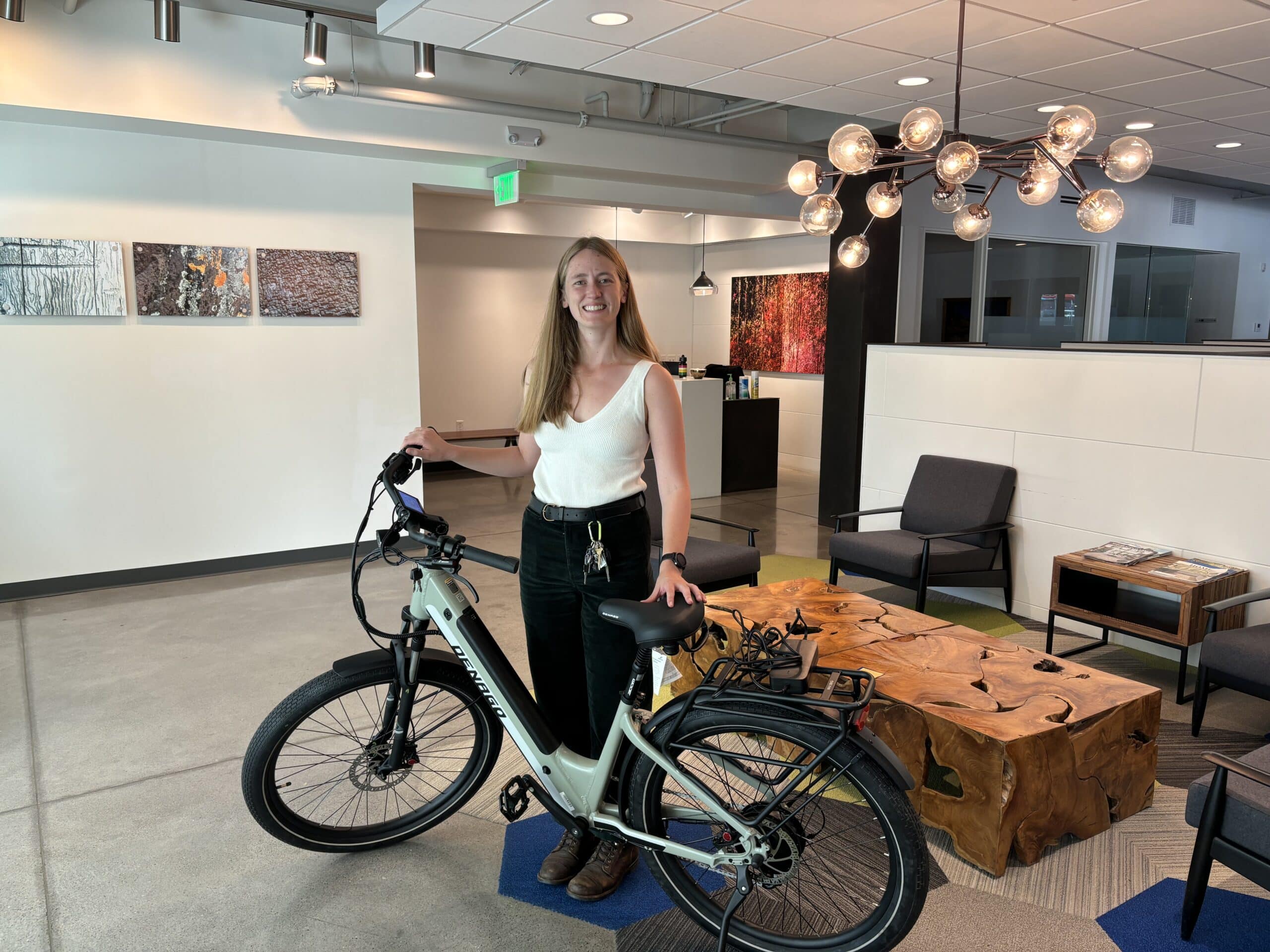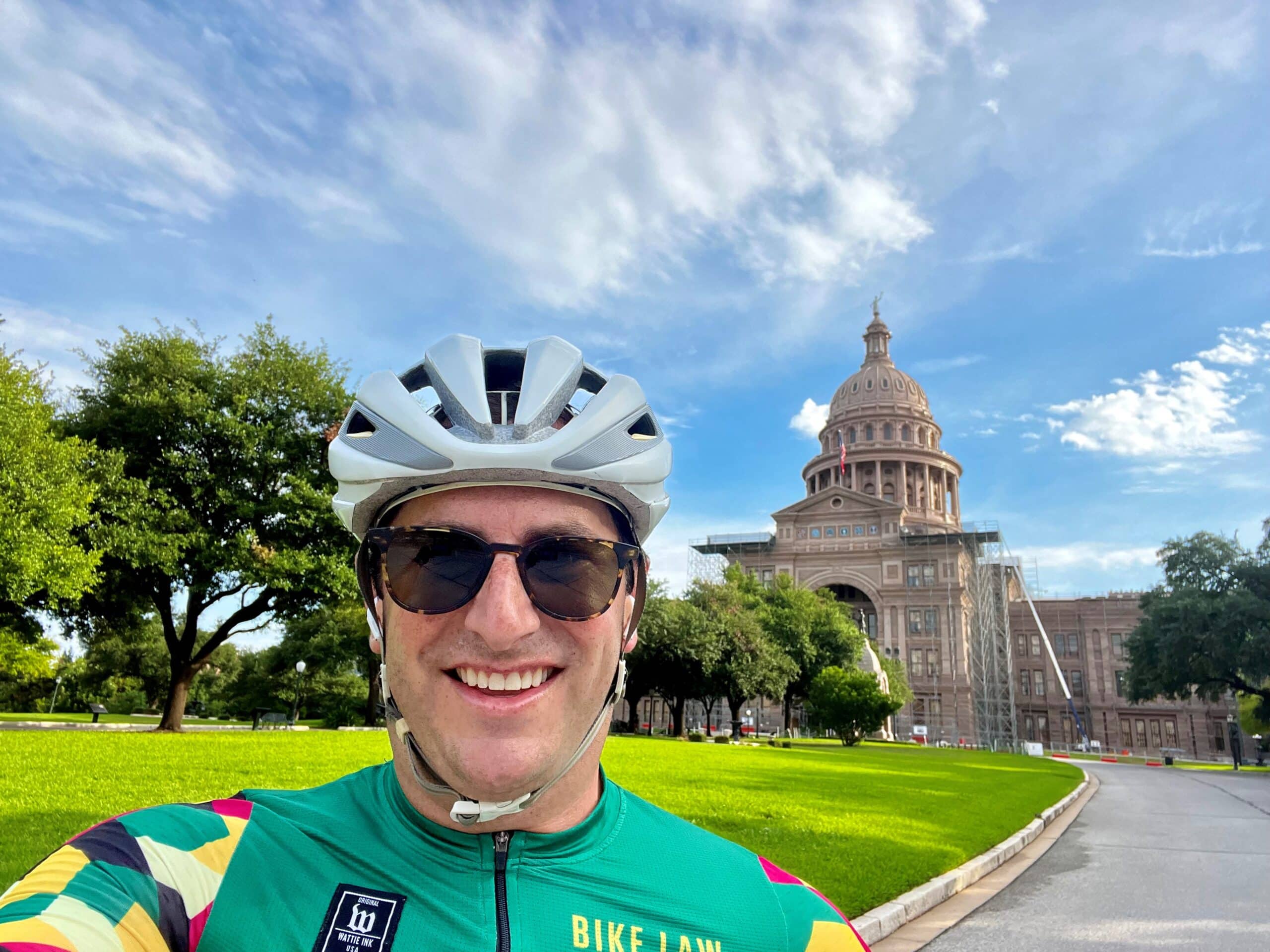Law Peter explains why it is often a safer way ride.
We hear more and more about those damn cyclists riding two abreast. Not a week goes by that the lawyers of Bike Law don’t get a call from a journalist asking about this controversy. We hear from frustrated drivers, complaining that when they drive behind a group of cyclists, the riders refuse to ride single file to let cars pass more quickly. While I am sympathetic to these observations that relations must improve between cyclists and motorists, proposals to curtail the rights of cyclists would lead to a worsened situation for all road users. The subject of riding two abreast is generally misunderstood, and changing the law would be a mistake.
As a bicycle accident lawyer who has represented hundreds of injured cyclists in South Carolina and elsewhere and the founder of Bikelaw.com, I am acutely aware of cycling safety, and riding two abreast is one of the most important safety techniques we have. The law in South Carolina states that “Bicyclists riding bicycles upon a roadway shall not ride more than two abreast except on paths or parts of roadways set aside for the exclusive use of bicycles.” This statute has been honed by decades of experience, is common is most states, and should remain the law.
Visibility:
Driver’s inattentiveness poses the greatest threat to cyclists (and to pedestrians and other motorists). In most of the wrongful death lawsuits that I have handled, the common drivers’ refrain is that “I didn’t see the cyclist.” In too many cases, the motorist has simply run over a cyclist in front of them. A group of riders riding two abreast, however, is far more visible to drivers. A frustrated driver is at least a driver who is aware of the riders on the road and realizes that he must slow down until it is safe to pass.
Easier Passing:
In one tragic case a few years back, a truck driver attempted to pass a long line of single-file riders. But in the middle of his maneuver, an oncoming car forced the truck back into the pace line, killing a young girl. Long lines of cyclists can pose a more difficult challenge to passing drivers. A more compact group of two-abreast cyclists can make passing easier and more predictable. A two-abreast formation is approximately the width of a car, and cars should pass them as if they were passing a slower automobile.
Enough Room to Pass:
Cyclists often maintain a two abreast formation because they can see something the trailing drivers cannot: it is unsafe to pass here. Whether because of a blind curve, a double yellow line, approaching traffic or a narrowing road, by riding two abreast with others, the cyclists are asking the motorist to cool his jets and wait. The driver’s safety is important, too. Too many times, drivers improperly assume that there is ample room to pass a single line of cyclists, and end up hitting them or dangerously forcing them off a too narrow road. Two-abreast riders prevent this from happening until there is adequate room for a motorist to pass.
Most cyclists exercise common sense. With thousands of miles of experience, they know when to ride next to each other and when to ride single file. For example, on heavily traveled roads with adequate lane width for passing cars, most riders I know will ride single file. And most riders already do what critics suggest; they take prudent steps to allow cars to pass safely and efficiently.
The situation can and will improve. As more folks ride, and as more roads across the country get dedicated bicycle lanes, and we as we continue to educate cyclists and drivers alike, frustrations will lessen. Until then, we will continue to encourage common sense and basic courtesy.

Bike Law founder and bicycle crash lawyer Peter Wilborn has raced, toured, commuted, and ridden his bike daily for fun. In 1998, Peter had a bike tragedy in his own family, realized firsthand the need for lawyers who understand cycling, and devoted his law practice to Bike Law.







